GYM JARGON
These are the sorts of the phrases that you are likely to come across when you begin to attend the gym. Every industry has got them, and these are ours:
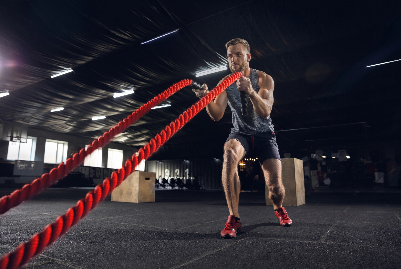
CARDIO
This is short for cardiovascular. This is the exercise you do that makes your heart and lungs work harder. You puff more, while your heart rate and pulse go up. Typical cardio equipment you’ll use at the gym are treadmills (running machines), stationary bikes, cross trainers, and rowers. Cardio is excellent for general health and fitness, improving endurance, and burning calories.
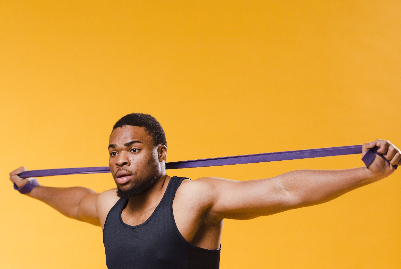
RESISTANCE
Resistance training is about improving the strength, endurance, and the size of your muscles. There are many different ways that you can do resistance training. You can use free-weights, which come in two varieties, dumbbells and barbells. Barbells need both hands, while dumbbells are smaller and can be held with one hand. There is also the option of using fixed weight machines, and your own body in body weight exercises. Working with weights is not only great for improved strength, shaping, and functionality, but it is also an excellent way to increase your metabolism and burn more calories.

REPS & SETS
When you weight train you will perform a certain number of repetitions (reps) have a short rest and perform another set. Most introductory programmes will compromise of one, two or three sets of 12-15 reps.
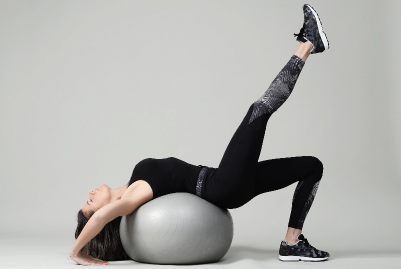
SB
The swiss ball is a large rubber ball, the ‘bosu’ is the half ball. These are used to decrease your stability when exercising, making the exercise more difficult.
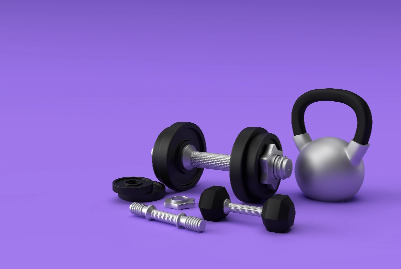
db
Dumbbells are the small hand-held weights which vary from 1 – 50kg’s. These are great for increasing your muscle tone and co-ordination and can be used standing up, sitting, or lying down.

bb
Barbells are the long silver bars. Extra weights are put onto them to perform a number of exercises usually on a bench or in a squat rack. (The bars usually weigh 20kg’s just by themselves).
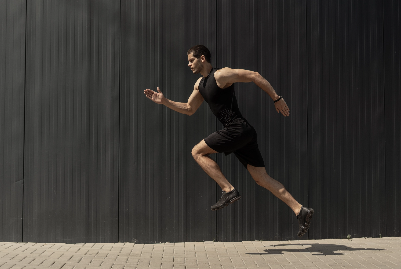
intervals
This type of training is when you vary the intensity at which you work as opposed to ‘steady state’ training i.e. you might work hard for a short period of time at a high intensity then drop the level and recover before repeating the pattern.

hrtz
Heart Rate Training Zone. Your personal trainer or gym instructor can tell you more about the training zone most suitable for you.
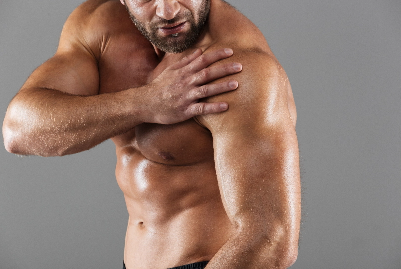
pecs
The chest muscles or pectoral. Your pecs work when you do a push-up or a chest press.

lats
Short for latissimus dorsi. These are the V-shape muscles on your upper back. These muscles work when you perform downward pulling movements.
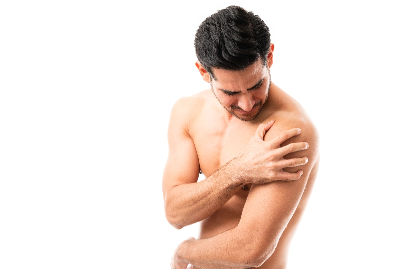
delts
The deltoids wrap across the top of your shoulder and come into play whenever you move your arms away from your body.

BICEPS & TRICEPS
The muscles at the front and back of your upper arm.

quads
The four muscles that make up the front of your thigh.
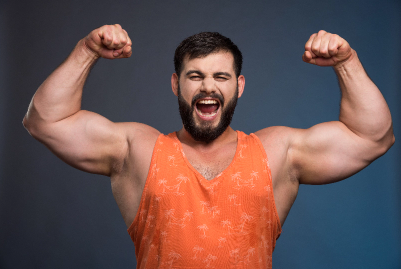
hamies
Hamstrings are the muscles at the back of your thigh.

glutes
The gluteal group of muscles are the ones that you sit on.
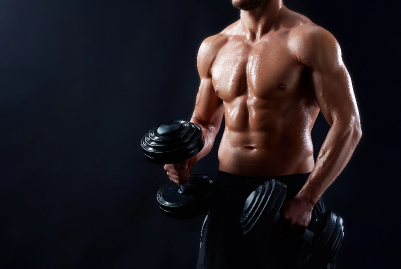
abs
These muscles are called rectus abdominus. The Obliques are the ones that wrap around your waist.

core
The muscles that are found not only in your back and abdominal area but also in your pelvic floor and hips. Strong core muscles keep your back healthy and allow you to maintain great posture.
